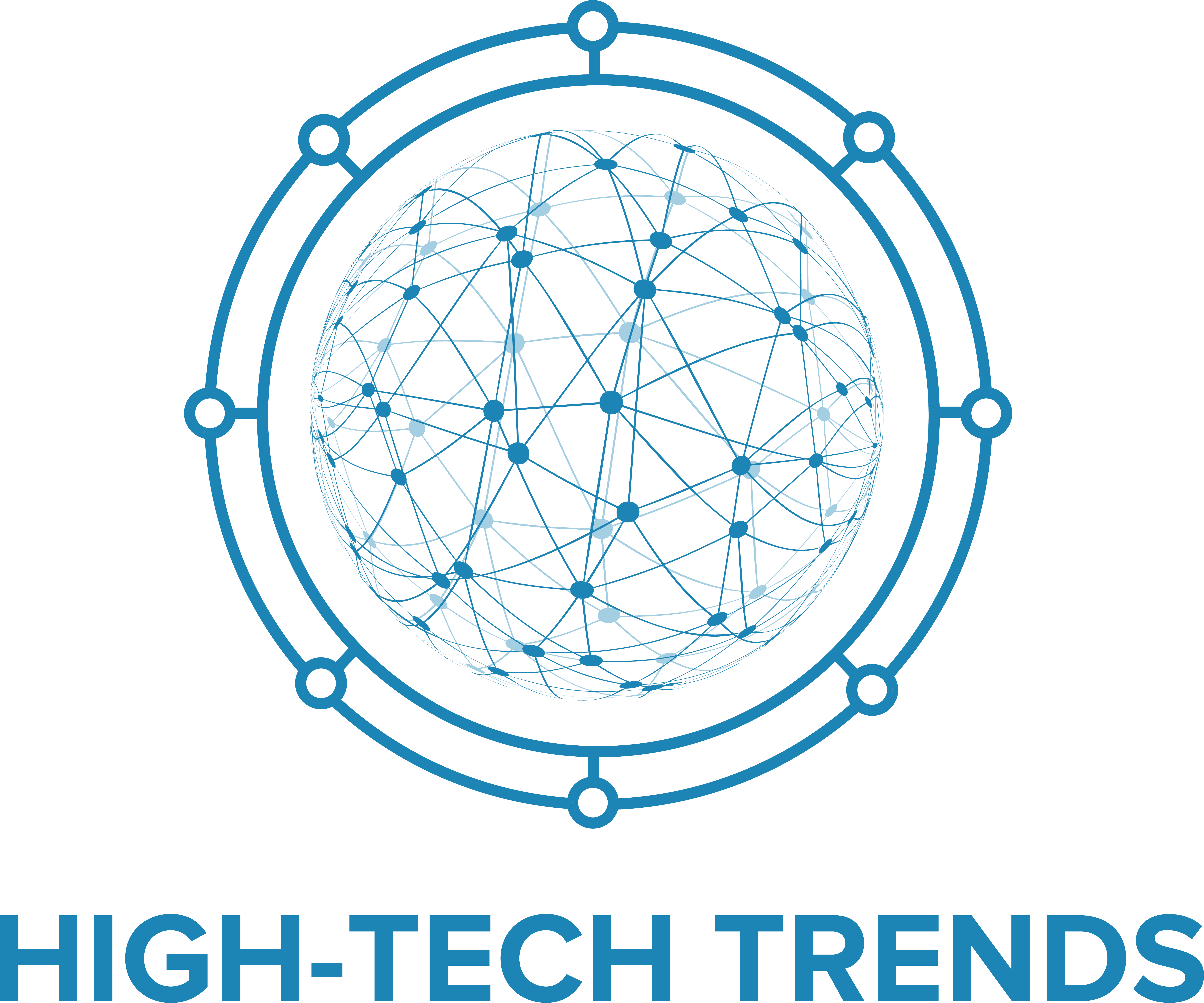The journey of technological advancement over the past 30 years, since the enactment of the Americans with Disabilities Act (ADA), has unveiled the boundless possibilities of extending innovative services to those previously marginalized, including individuals with disabilities. This evolution is particularly evident in the healthcare sector, where the advent and rapid acceleration of telehealth technologies have emerged as a beacon of hope for inclusive patient care. This article proposes a shift towards an era of “inclusive innovation” in telehealth, highlighting the necessity of integrating persons with disabilities and caregivers as active contributors to the design and implementation of digital health solutions.

Reflecting on 30 Years of Progress and the Path Forward
The ADA’s 30th anniversary is not just a milestone to celebrate past achievements but also a moment to envision the future of accessibility in the digital age. Despite the ADA’s initial focus on physical accessibility, the digital revolution, especially in the wake of the COVID-19 pandemic, underscores the urgent need to expand the legislation’s scope to encompass technological accessibility. The pandemic has particularly spotlighted the potential of telehealth to transcend traditional healthcare delivery models, offering a unique opportunity to address the complex healthcare needs of people with disabilities through remote patient monitoring, mobile health, and other digital innovations.
Bridging the Digital Divide in Telehealth
The promise of telehealth to provide equitable healthcare access is contingent upon overcoming existing disparities in technology access and usability. Current data reveal a significant digital divide, with individuals with disabilities less likely to own or have access to the necessary devices for engaging with telehealth services. This gap not only perpetuates health disparities but also excludes a critical population from participating in the healthcare technological revolution—a revolution that has the potential to significantly enhance their quality of life and independence.
The Case for Inclusive Innovation
Inclusive innovation in telehealth is not merely a moral imperative but a strategic necessity. By actively involving people with disabilities in the development and testing of telehealth technologies, we can ensure that these innovations are truly accessible and meet the diverse needs of all users. This approach also aligns with the economic rationale, as the disability market represents a substantial segment of the global population with considerable disposable income. Technologies designed with inclusivity in mind not only benefit those with disabilities but also have the potential to improve user experience for a broader audience, thereby expanding market reach and fostering a more inclusive virtual society.
Actions for a More Inclusive Future
To realize the vision of inclusive innovation in telehealth, stakeholders across the healthcare and technology sectors must collaborate to:
Ensure Accessibility from the Outset: Design telehealth technologies with accessibility as a foundational principle, rather than an afterthought, to ensure that all users, regardless of their abilities, can benefit from digital health services.
Engage Persons with Disabilities as Co-Designers: Recognize individuals with disabilities and caregivers as strategic partners in the design process, leveraging their insights to inform the development of accessible and user-friendly telehealth solutions.
Advocate for Policy Reform: Push for updates to existing legislation, like the ADA, to explicitly address the accessibility of digital health technologies, ensuring that telehealth services are designed to be inclusive from the ground up.
Invest in Research and Development: Allocate resources to explore innovative solutions that address the unique challenges faced by people with disabilities in accessing telehealth, such as AI-driven assistive technologies and enhanced user interfaces.
Conclusion: A Call to Action
As we look towards the next 30 years, the concept of inclusive innovation offers a transformative framework for reimagining telehealth. By embracing diversity and inclusion as critical components of technological development, we can dismantle existing barriers and unlock new possibilities for equitable healthcare delivery. The future of telehealth is not just about expanding access but about redefining access in a way that honors the principles of inclusivity and equity. Let us commit to a future where technology serves as a bridge, not a barrier, to healthcare for all, irrespective of physical, social, or economic challenges.

————
Are you determined to elevate your business and transform your online presence into a conversion powerhouse? It’s time to take a decisive step forward! Working with the market’s leading conversion wizard isn’t just an option; it’s a strategic move toward achieving your digital marketing goals. Contiant isn’t just a service provider; we’re your partner in success, leveraging cutting-edge strategies and personalized insights to ensure your business stands out in a crowded digital landscape. Choose Contiant, and unlock the full potential of your online efforts. Let’s create something remarkable together.
https://www.contiant.com/





